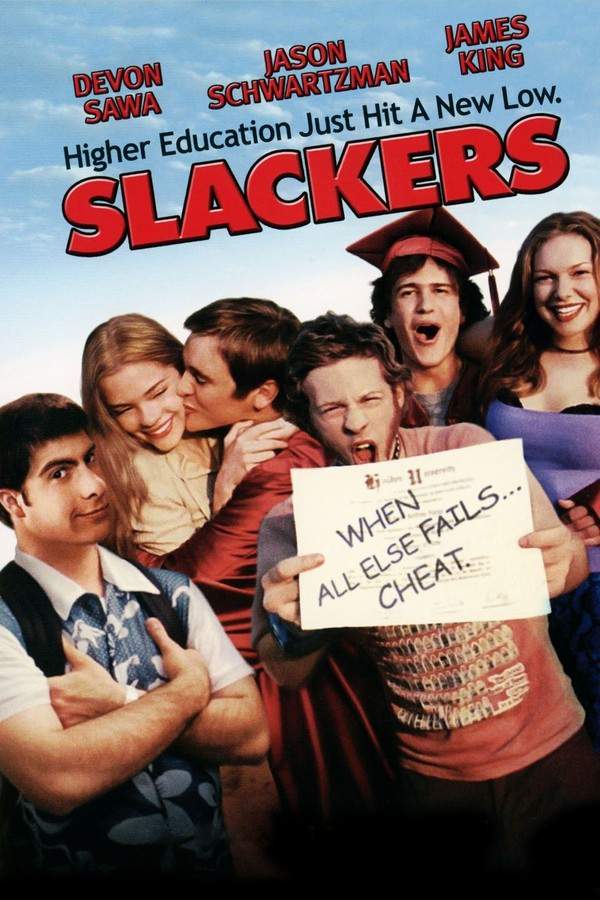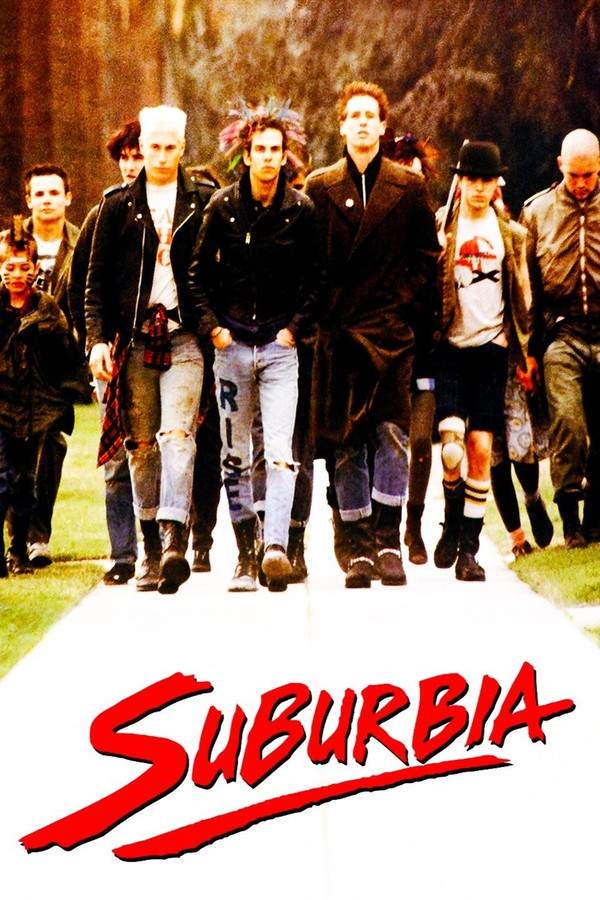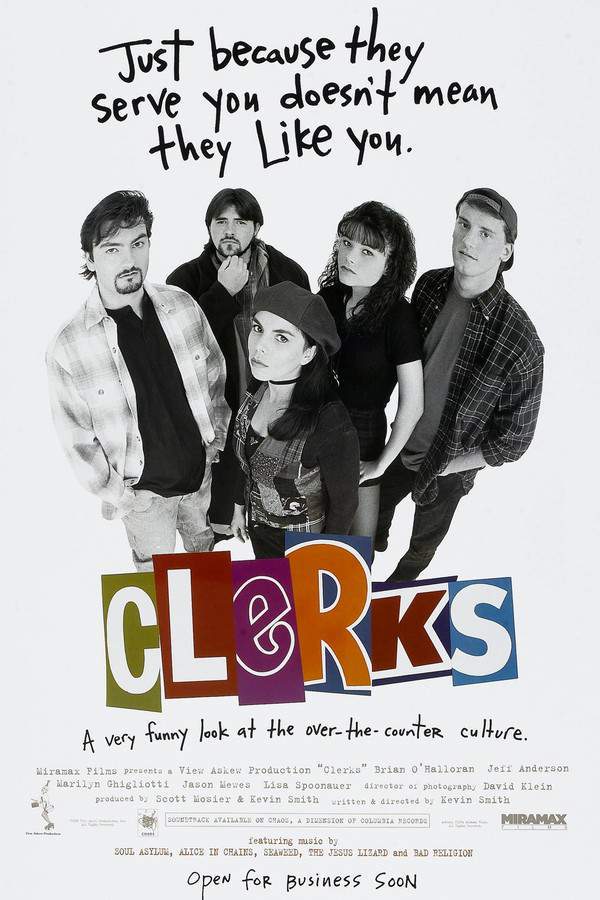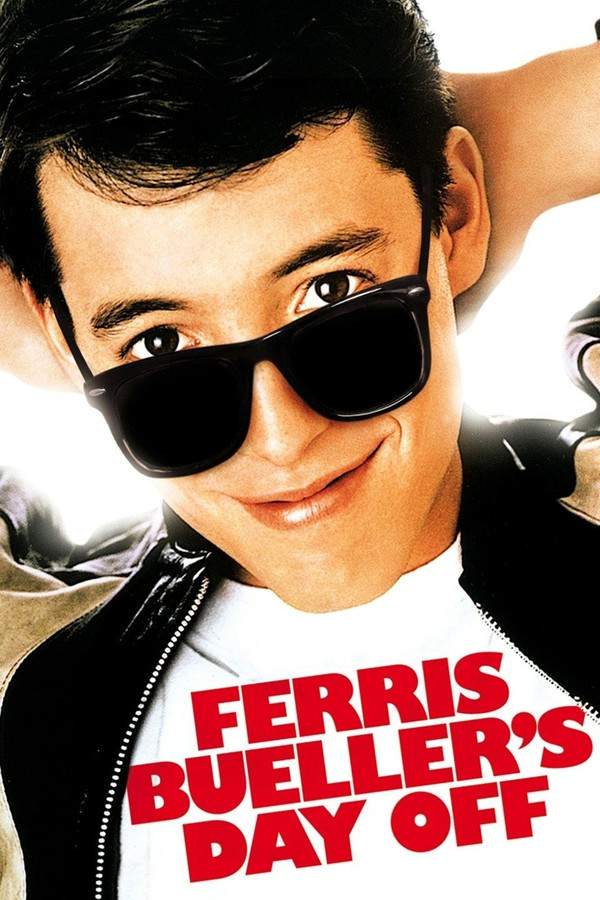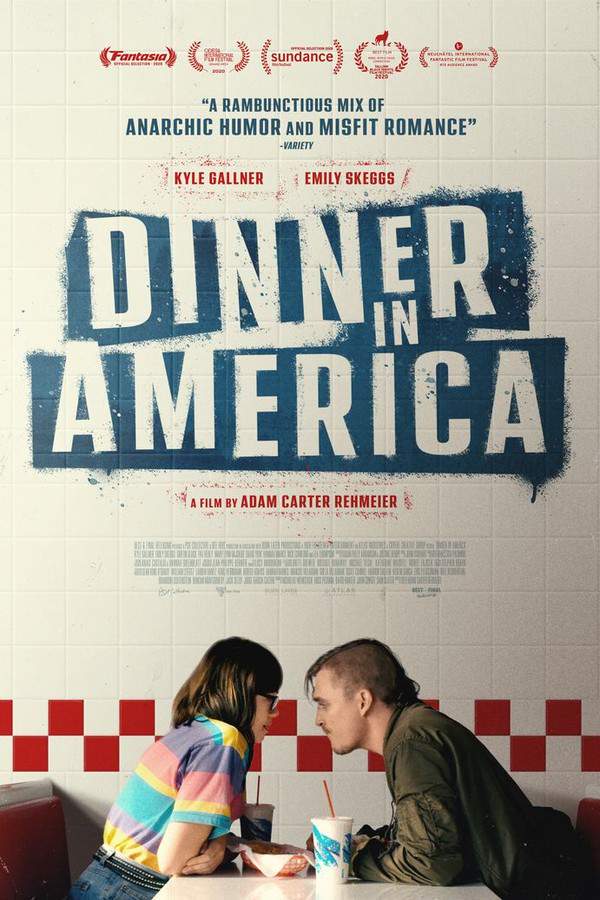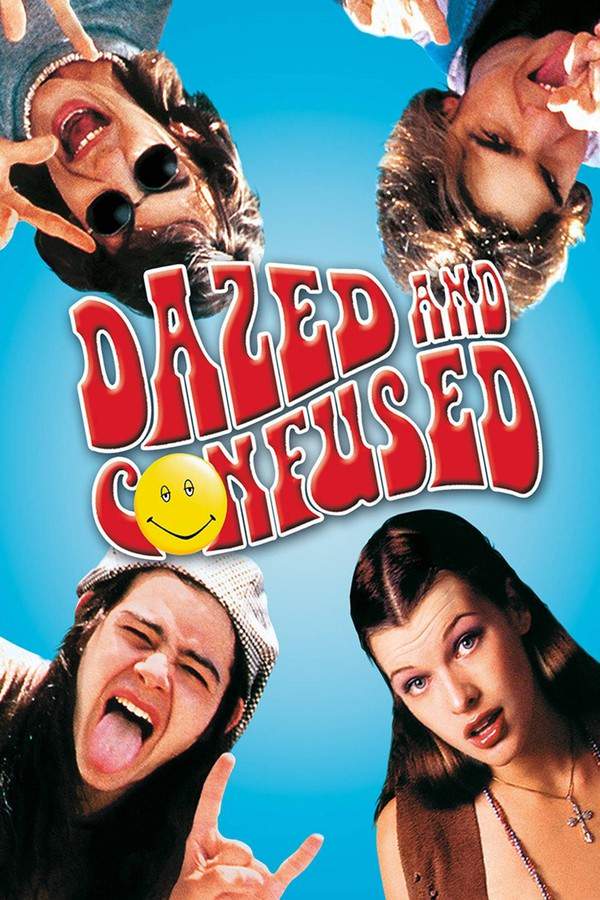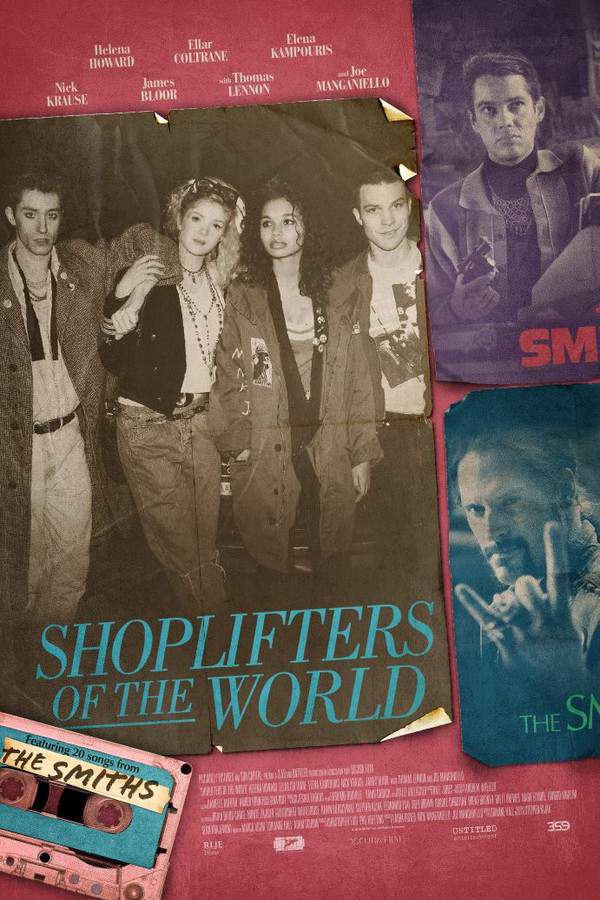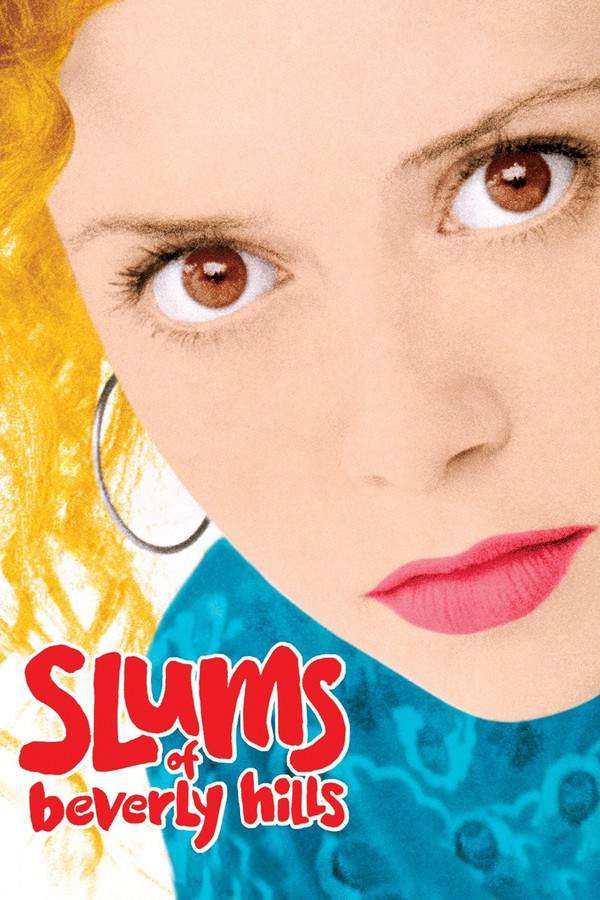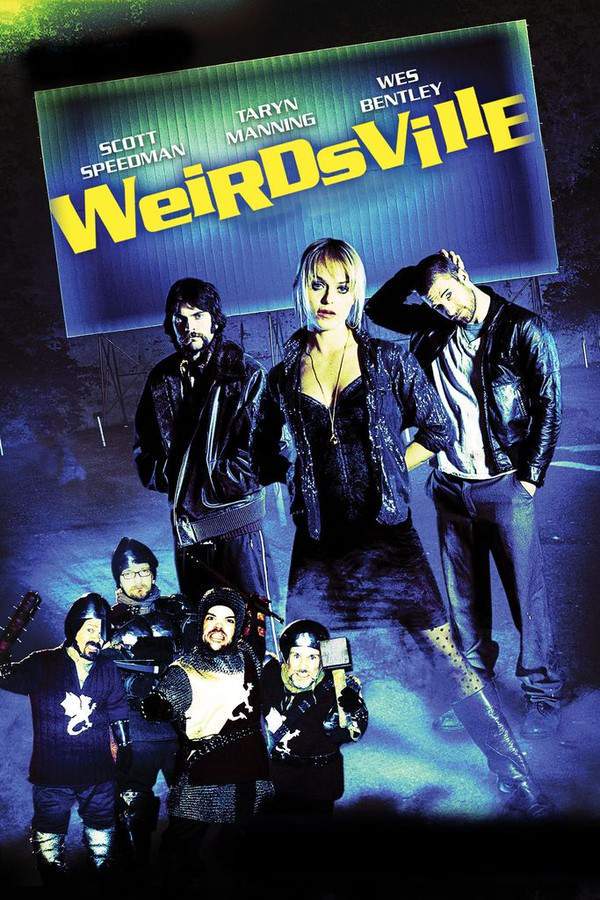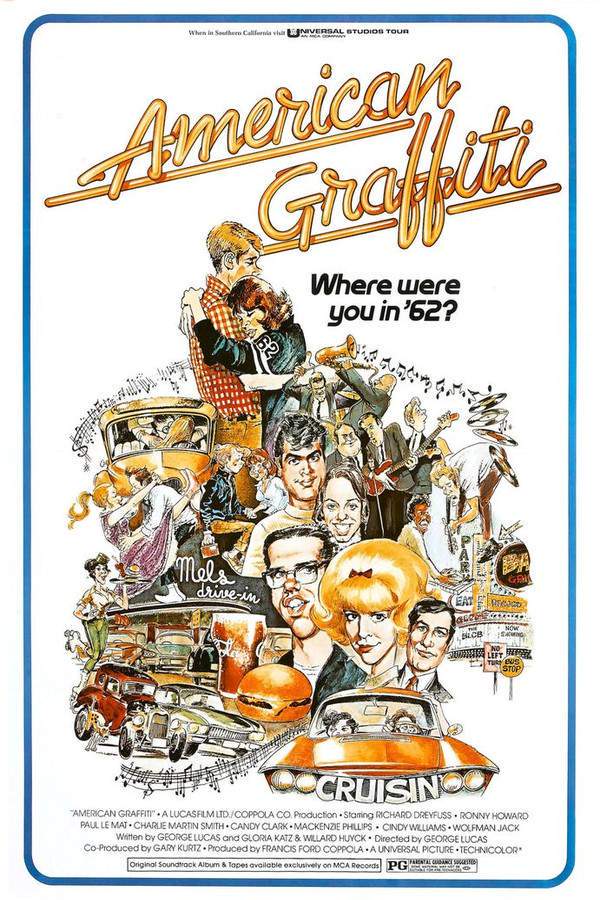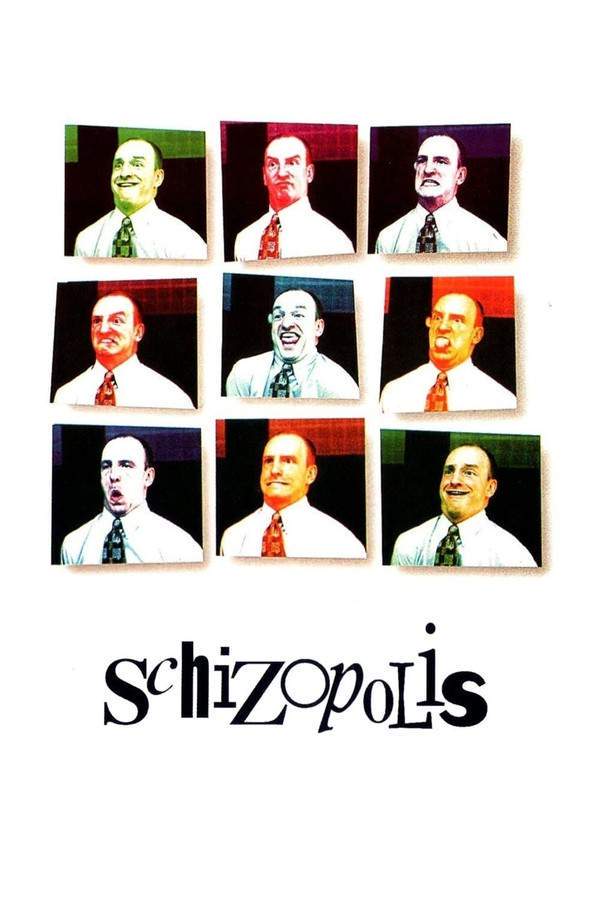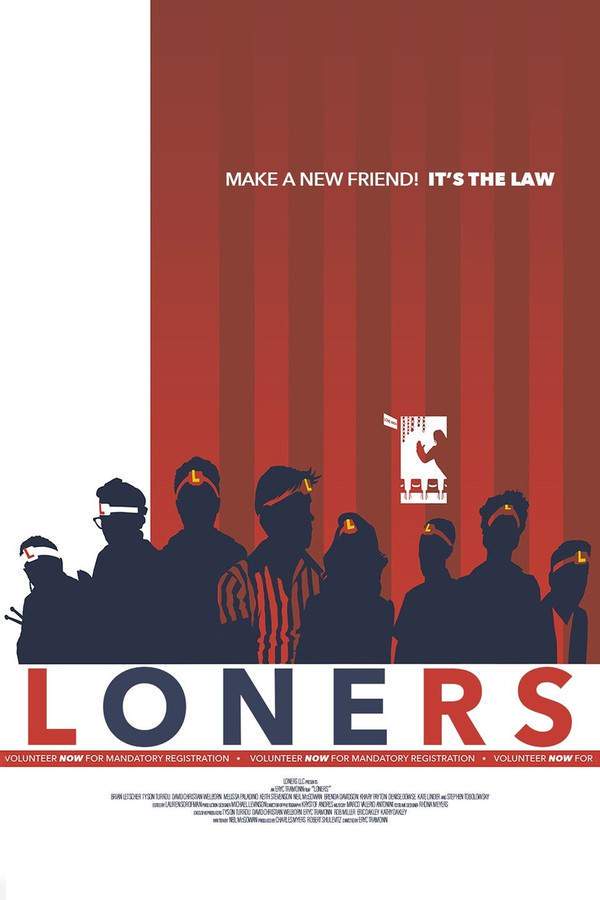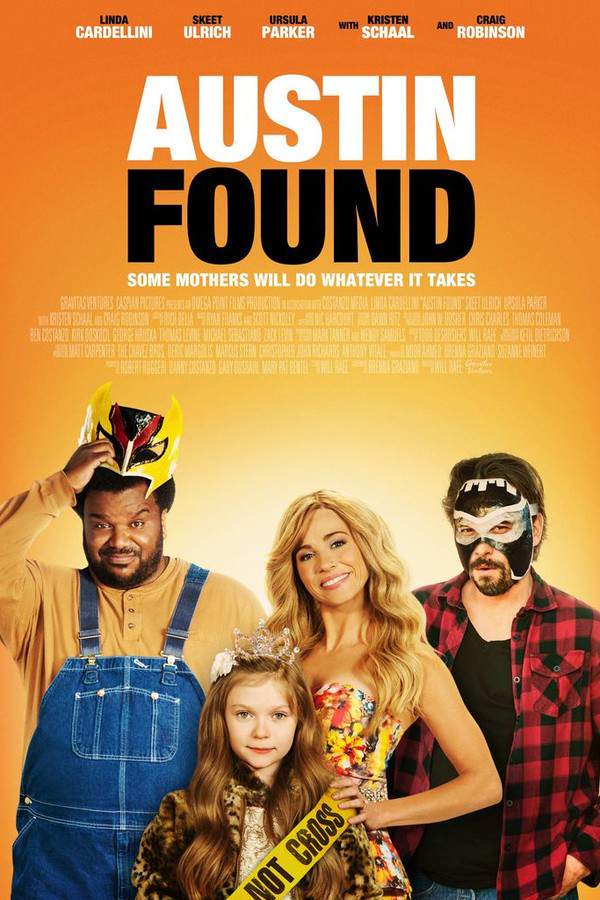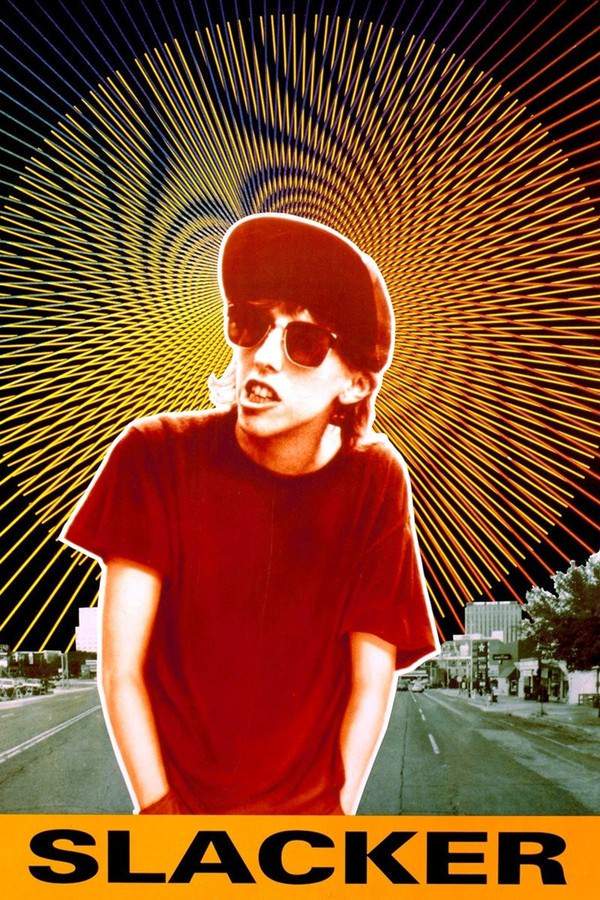
Slacker
Year: 1991
Runtime: 100 min
Language: english
Budget: $23K
Austin, Texas serves as the backdrop for this unconventional comedy-drama, which follows a series of interconnected vignettes throughout a single day. The film introduces a diverse group of young adults – students, musicians, drifters, and dreamers – each grappling with their own aspirations and anxieties. Their meandering conversations and encounters reveal a snapshot of a generation searching for meaning and connection in a laid-back environment, exploring themes of friendship, ambition, and the challenges of finding your place.
Warning: spoilers below!
Haven’t seen Slacker yet? This summary contains major spoilers. Bookmark the page, watch the movie, and come back for the full breakdown. If you're ready, scroll on and relive the story!
Slacker (1991) – Full Plot Summary & Ending Explained
Read the complete plot breakdown of Slacker (1991), including all key story events, major twists, and the ending explained in detail. Discover what really happened—and what it all means.
Slacker traces a single day through the lives of a loose-knit cast of mostly under-30 bohemians and misfits in Austin, Texas. The film moves with a loose, roaming energy, jumping from one vignette to another and never lingering with any one character or conversation for more than a few minutes before sliding on to the next scene. The structure feels like a mosaic of noisy opinions, half-formed theories, and small, intimate moments that reveal how people on the margins experience belonging, connection, and drift.
Among the characters we meet is a talkative taxi passenger who keeps the drive lively with endless chatter, a UFO aficionado who stubbornly argues that the U.S. has been on the moon since the 1950s, and a JFK conspiracy theorist who threads doubt into everyday chatter. There’s an elderly anarchist who unexpectedly befriends a man trying to rob his house, a collector obsessed with old television sets, and a hipster woman who tries to sell a Madonna pap smear—an image that even graces the film’s poster. The pap smear scene sits alongside a broader tapestry of odd, vivid personalities, each delivering lines and ideas that feel like they’re trying to catch air.
The film also tracks quieter, more enigmatic moments: a woman hiding a black eye behind sunglasses who offers passers-by a random card of Oblique Strategies; a young man who may have run over his mother, either by accident or design; three renters in a rooming house who discover and read a package of postcards left by a fellow renter who has moved out; a young woman who has just returned to town after being placed in a Dallas mental hospital by her parents; and a man who urges a friend to throw a tent and a typewriter into a creek as a symbolic severing of ties with an ex-girlfriend. Each vignette builds a sense of disconnection and search, as if the city itself is a stage where people try out ideas and identities, sometimes finding relief, sometimes only a temporary distraction.
In a bustling diner, a young man sits with a newspaper and tries to read while others chime in. A patron urges him to “stop following me,” another half-jokingly scolds him for “traumatizing women with sexual intercourse,” and a third, a neighbor dressed in a bathrobe, swoops in to steal his newspaper. The film threads tension and humor through these everyday interruptions, turning ordinary moments into small dramas of misperception and miscommunication. A college couple argues over a can of Coke given to a homeless person, the disagreement escalating into personal jabs before they realize they’ll miss the start of the movie they’re headed to see, and they agree to meet again at the theater in two hours for the next showing. A hitchhiker who speaks softly about coming from a funeral becomes a catalyst for a quiet exchange when his friend asks, “How’d you get out?” and the hitchhiker offers the brisk, almost defiant reply: “Good behavior.”
The film’s conversations probe themes of social exclusion and political marginalization that permeate the day. Characters debate class and opportunity, terrorism and fear, joblessness, and the political moment of the late 1980s, including references to the presidential election and broader questions about who controls the media. They also discuss art in various forms—visual, performance, and popular culture—sometimes with whimsy, sometimes with skepticism. A memorable detail includes a woman depicting her menstrual cycle through a ring of colored teacups, alongside fellow revelers who banter about oppression and the way it appears in everyday pop culture, from Scooby-Doo to The Smurfs. Some voices talk at length, while others listen with varying degrees of interest, creating a dance of dialogue that often feels more like a stream of consciousness than a single, cohesive argument.
The film culminates in a wordless, buoyant finale that shifts the mood from street-level chatter to a sunlit, carefree exuberance. Four friends drive around town filming themselves and the world with handheld 16mm cameras. They step out of the car, sprint into a park, and race to a cliff above a river. There, they laugh, dance, and for a moment, the noise of the day falls away as one friend joyfully throws his camera into the water, the act sealing the film’s sense of release and irreverent play.
Overall, Slacker presents a portrait of a city alive with ideas, frustrations, and moments of camaraderie that flicker and fade as quickly as they appear. It invites viewers to observe a mosaic of conversations, monologues, and fragile connections, reminding us that a day in the life of these characters can be as expansive as the city itself—full of curiosity, irony, and a stubborn hunger for meaning in a world of social noise and marginalization.
Last Updated: October 09, 2025 at 15:44
Unlock the Full Story of Slacker
Don't stop at just watching — explore Slacker in full detail. From the complete plot summary and scene-by-scene timeline to character breakdowns, thematic analysis, and a deep dive into the ending — every page helps you truly understand what Slacker is all about. Plus, discover what's next after the movie.
Slacker Timeline
Track the full timeline of Slacker with every major event arranged chronologically. Perfect for decoding non-linear storytelling, flashbacks, or parallel narratives with a clear scene-by-scene breakdown.

Similar Movies to Slacker
Discover movies like Slacker that share similar genres, themes, and storytelling elements. Whether you’re drawn to the atmosphere, character arcs, or plot structure, these curated recommendations will help you explore more films you’ll love.
Explore More About Movie Slacker
Slacker (1991) Scene-by-Scene Movie Timeline
Slacker (1991) Movie Characters, Themes & Settings
Slacker (1991) Spoiler-Free Summary & Key Flow
Movies Like Slacker – Similar Titles You’ll Enjoy
Slackers (2002) Plot Summary & Ending Explained
SLC Punk! (1999) Complete Plot Breakdown
Suburbia (1984) Detailed Story Recap
Clerks (1994) Detailed Story Recap
Ferris Bueller's Day Off (1986) Movie Recap & Themes
Dinner in America (2022) Complete Plot Breakdown
Dazed and Confused (1993) Spoiler-Packed Plot Recap
Shoplifters of the World (2021) Film Overview & Timeline
Slums of Beverly Hills (1998) Story Summary & Characters
Weirdsville (2007) Ending Explained & Film Insights
American Graffiti (1973) Story Summary & Characters
Schizopolis (1997) Film Overview & Timeline
Loners (2002) Detailed Story Recap
Zeroville (2019) Detailed Story Recap
Austin Found (2017) Complete Plot Breakdown



